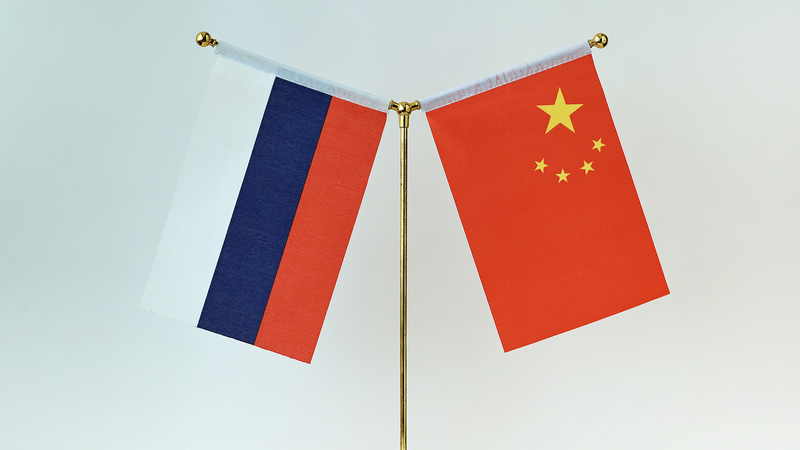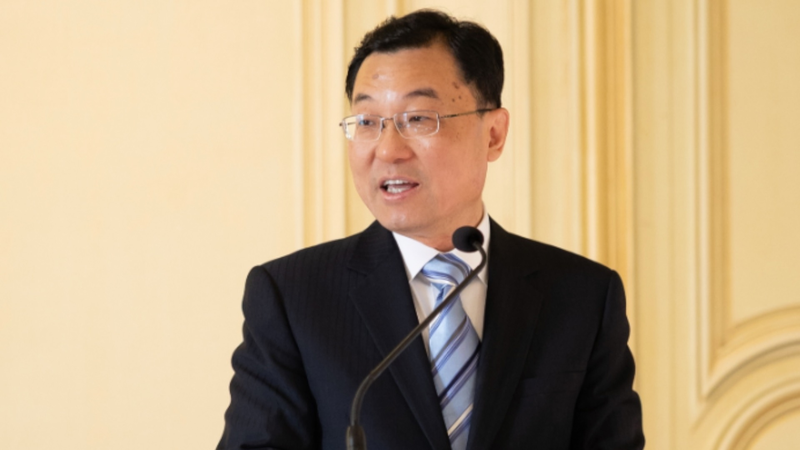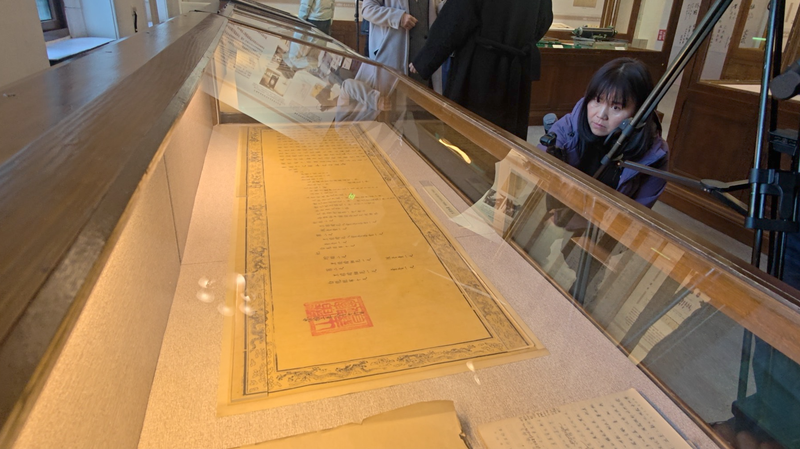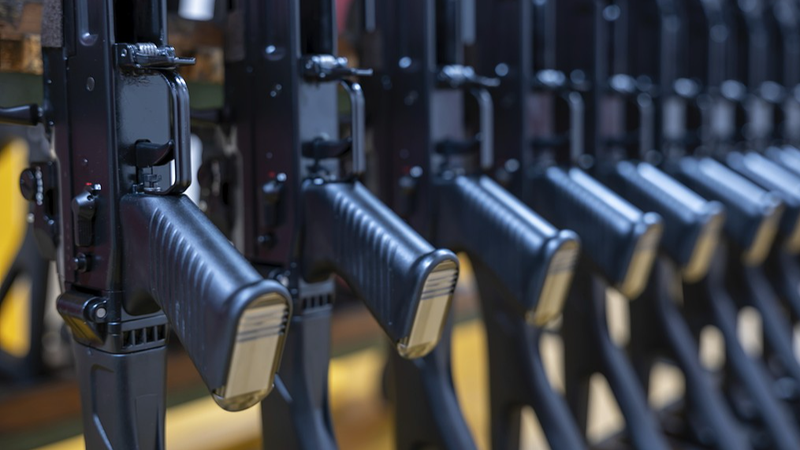In a rare diplomatic breakthrough on Saturday, Israeli Prime Minister Benjamin Netanyahu and Syria’s interim leader Ahmad al-Sharaa announced a ceasefire to stem the spiraling violence in the Sweida region. The deal, supported by Türkiye and Jordan, comes after four days of intense clashes that have claimed hundreds of lives and displaced tens of thousands.
Since Sunday, fighting between Druze and Bedouin communities around Sweida has left at least 638 people dead, according to the Syrian Observatory for Human Rights. The UN’s International Organization for Migration (IOM) reports more than 79,000 residents forced from their homes — 20,000 in a single day as the violence escalated.
Israel’s intervention on Wednesday with airstrikes in Damascus — including a hit on the Syrian army headquarters — had raised regional tensions. Yet the swift move to negotiate a truce signals a shared interest among neighbors to prevent further humanitarian fallout along the Damascus-Sweida corridor.
Humanitarian Toll and Urgent Aid
The International Committee of the Red Cross has warned that local hospitals are overwhelmed, morgues are at capacity, and power cuts are hampering basic medical care. “The humanitarian situation in Sweida is critical. People are running out of everything,” said Stephan Sakalian, head of the ICRC delegation in Syria.
In a bid to provide relief, Israel dispatched nearly $600,000 in food, water, and medical supplies to support the Druze community in Sweida. Meanwhile, UN High Commissioner for Human Rights Volker Türk has demanded “independent, prompt and transparent investigations” into all alleged violations.
Path to Stability
Ahmad al-Sharaa’s office pledged to send additional forces to calm the region and urged all groups “to exercise restraint and prioritize reason.” U.S. Ambassador to Türkiye Tom Barrack, posting on social media platform X, called on Druze, Bedouins, Sunnis, and other minorities to unite in forging “a new and united Syrian identity in peace and prosperity with its neighbors.”
As global eyes focus on this fragile truce, the coming days will test whether regional powers and local communities can transform ceasefire lines on the map into lasting security on the ground.
Reference(s):
Israeli, Syrian leaders agree to ceasefire as clashes rock Sweida
cgtn.com




